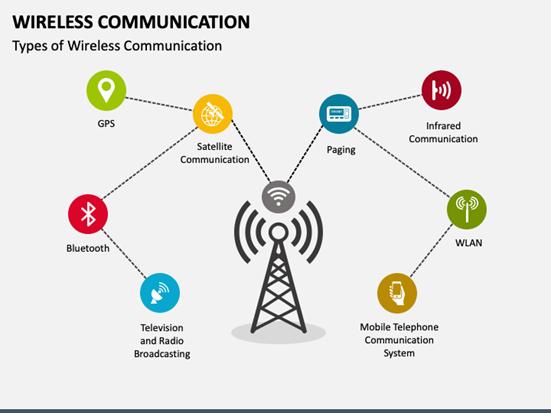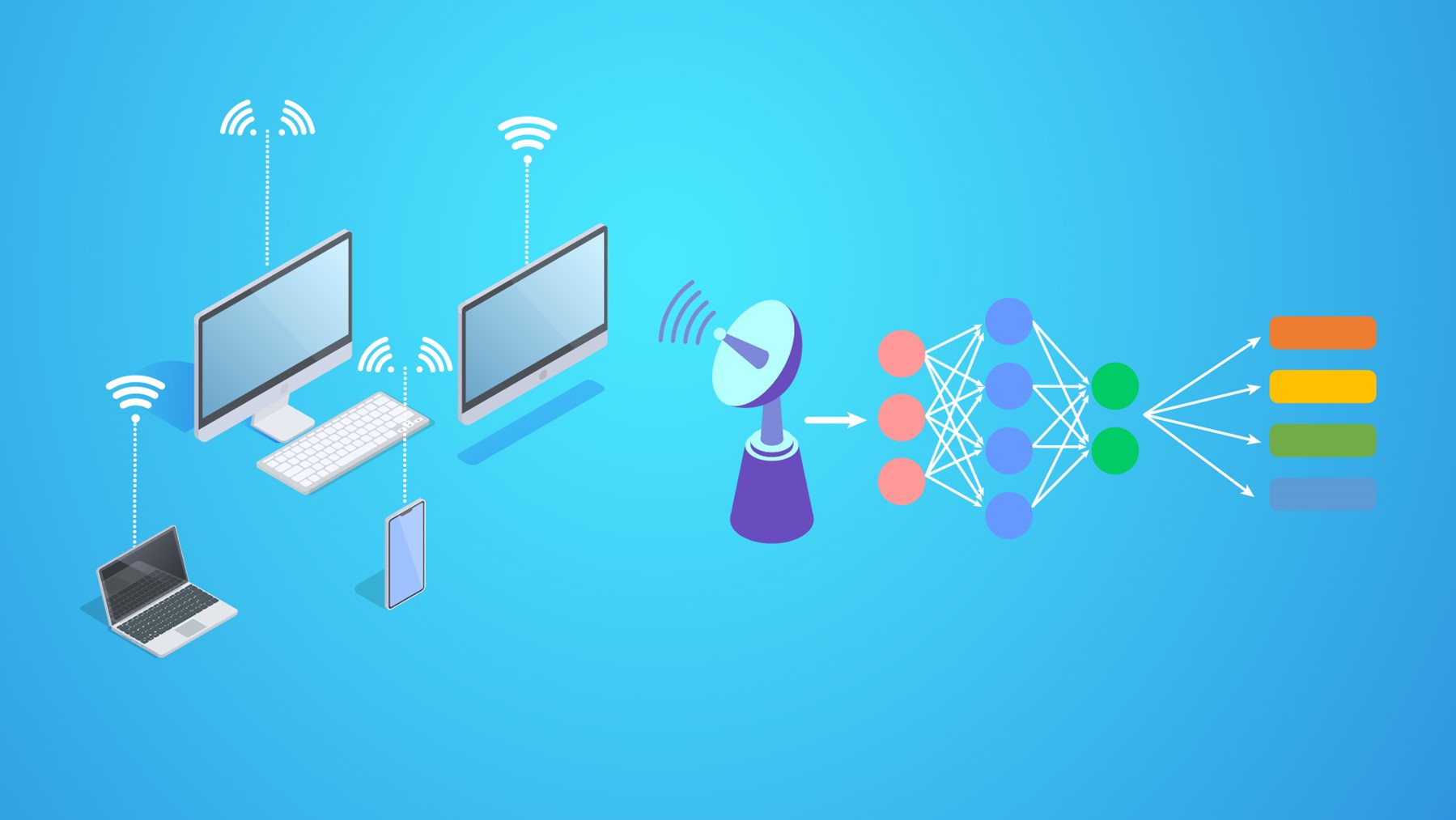Wireless communication has become the backbone of our interconnected world, enabling seamless data exchange across billions of devices. From personal smartphones and smart home systems to industrial automation and mission-critical medical devices, wireless technologies are revolutionizing the way we communicate, monitor, and control systems in real time.
The shift toward wireless connectivity is driven by several converging trends: the rapid growth of the Internet of Things (IoT), the widespread deployment of 5G networks, and the increasing need for mobility, scalability, and energy efficiency. These trends have pushed the boundaries of innovation, with Bluetooth, Wi-Fi, Zigbee, LoRa, NB-IoT, and other wireless protocols now serving specific use cases across diverse industries.
In industrial settings, wireless communication is central to the advancement of Industry 4.0, enabling real-time monitoring of equipment, predictive maintenance, and autonomous operations. In healthcare, wireless-enabled devices are transforming patient care, allowing remote monitoring and timely data access. In consumer electronics, wireless technologies power everything from wearable fitness trackers to voice-controlled smart assistants.
Despite its widespread adoption, wireless communication presents unique challenges—particularly around interference, signal integrity, power consumption, and data security. To overcome these obstacles, hardware and firmware must be designed with precision and reliability in mind. Antenna placement, shielding, and protocol optimization all play critical roles in ensuring high-performance connectivity.
At our company, we specialize in developing custom wireless hardware solutions, from PCB layout and RF tuning to enclosure design and compliance testing. We’ve helped clients across the globe bring innovative wireless products to life, whether it’s a BLE-enabled smart sensor, a Wi-Fi-connected camera system, or a hybrid IoT device utilizing cellular backup.
As the demand for wireless solutions continues to expand, so too does the opportunity for innovation. By bridging the gap between hardware capability and seamless connectivity, wireless communication will continue to be a driving force behind digital transformation—enabling smarter systems, faster interactions, and a more connected future.
Post time: Apr-28-2025






